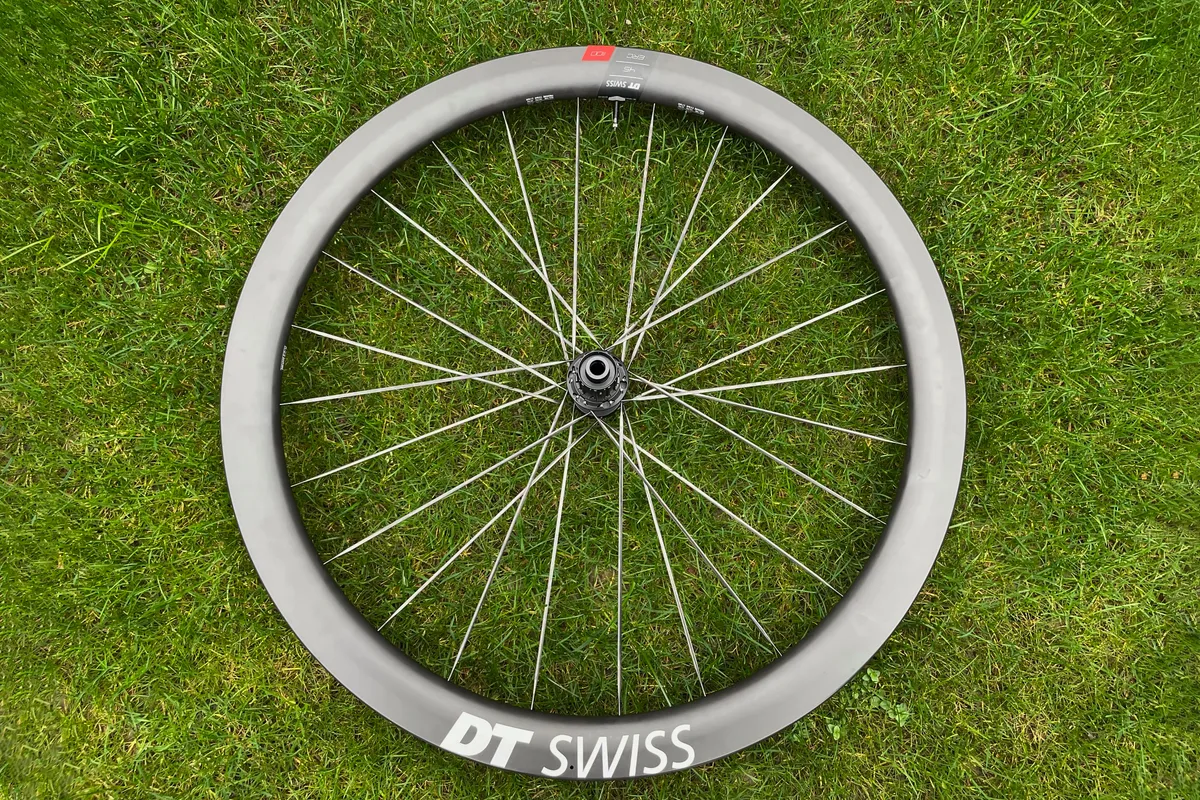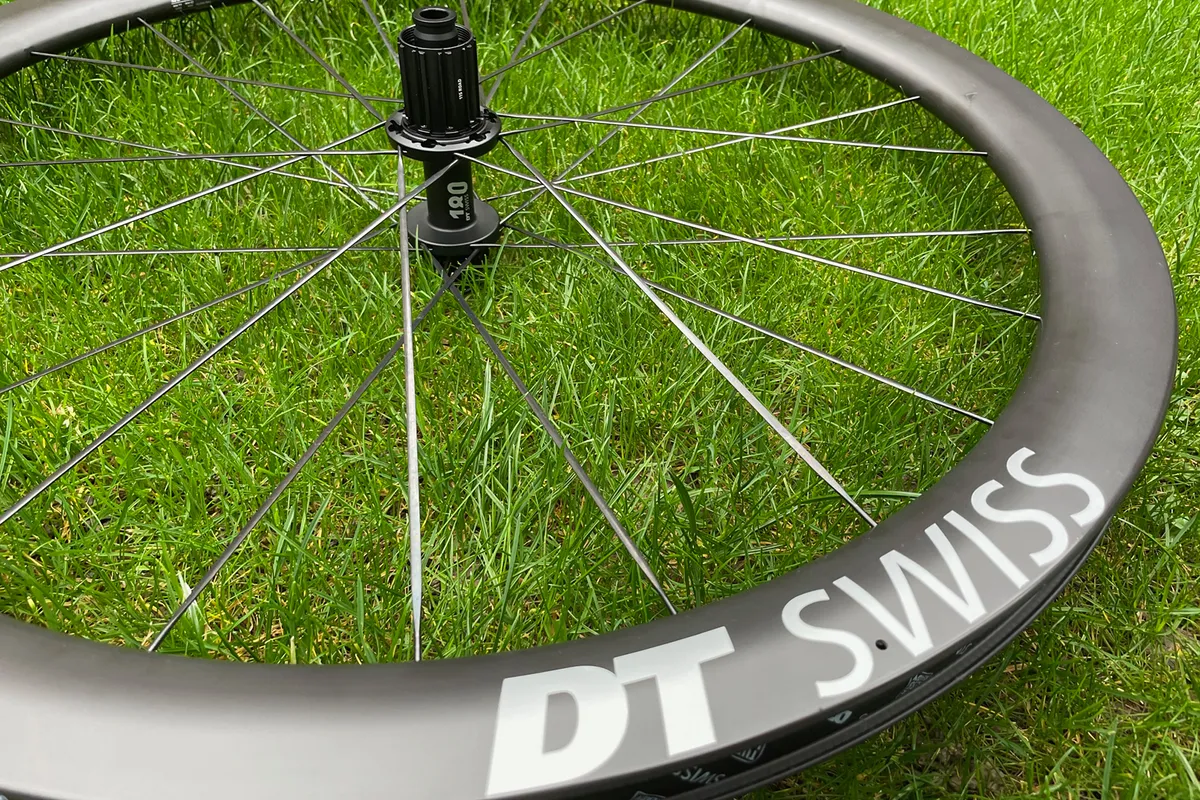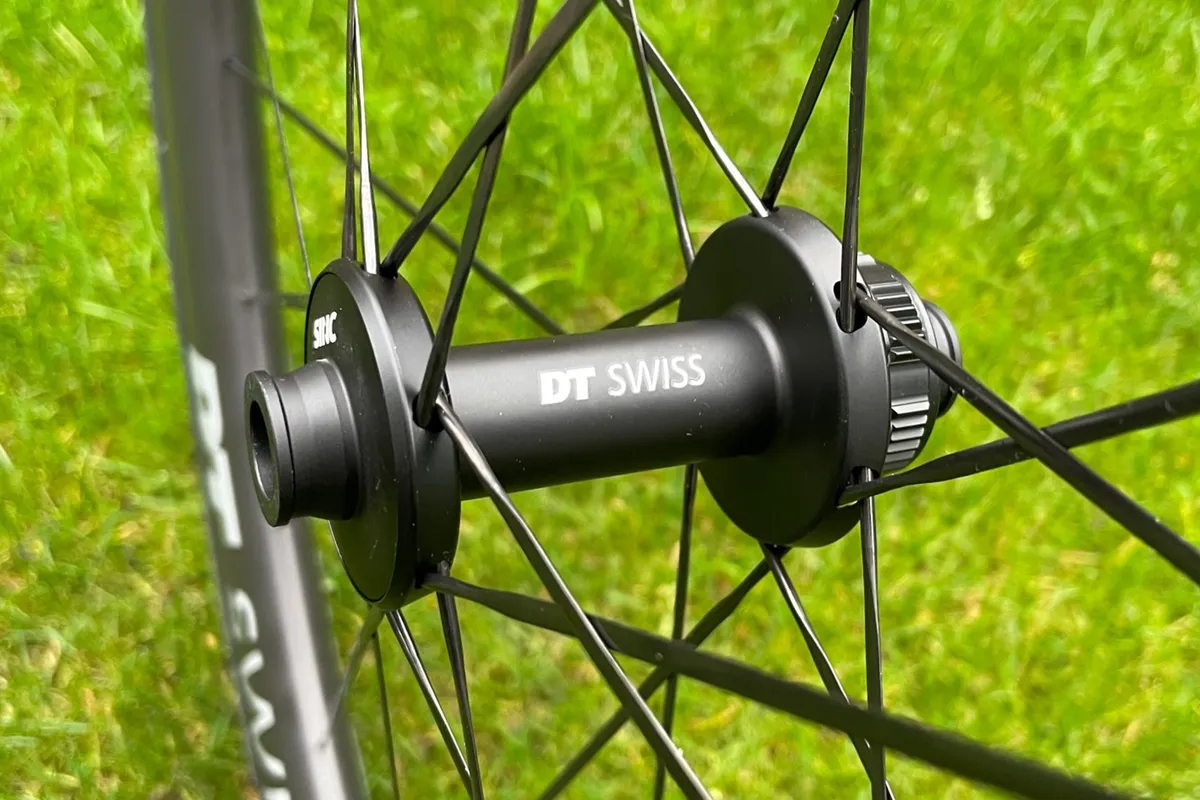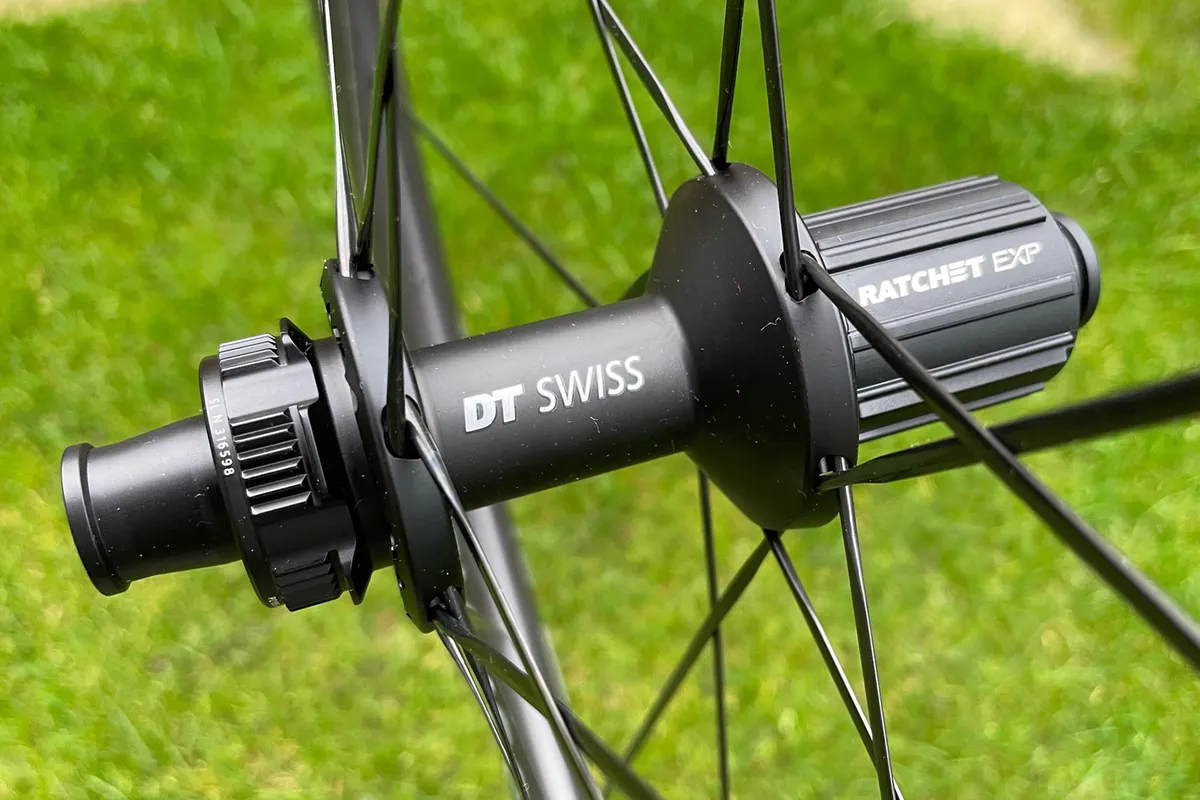DT Swiss’ ERC wheelset has been updated for 2022, and the ERC 1100 DiCut 45 version sits at the top of a new line-up.
The range has been expanded, from just one wheelset previously to six that cover different price points, rim depths and wheel sizes.
These second-generation ERC wheels remain geared towards serving riders on regular roads, in spite of the brand’s otherwise race-focused product catalogue.
That said, DT Swiss has amped up several of the revised wheelset’s design features in an attempt to provide extra performance.
The updates bring the ERCs back up to the forefront of modern road-wheel design and make the ERC 1100 DiCut 45 wheels an excellent, if pricey, option for the everyday road rider.
For those who spend most of their time on everyday, imperfect road surfaces, but want wheels with the capability to race or even tackle some light gravel, the ERC 1100 DiCut 45s will fit the bill.
I would suggest the second-tier, 1400-level wheels may represent better value for those not concerned about getting the lightest version of the design.
Turning it up to 1100
Where the older ERCs were only available at the brand’s 1400 level, which designates the use of DT Swiss’ 240 hubset, the new wheels get an 1100 level, meaning the brand’s 180 hubset is used.
DT Swiss says the 180 design is the most aerodynamic and lightest hubset it offers. It uses the brand’s SINC ceramic bearings and Ratchet EXP freehub.
The spokes have been similarly upgraded to a mix of DT Swiss’ Aerolite II and Aero Comp II designs, which are both thinner and deeper than their respective predecessors in the name of better aerodynamics.
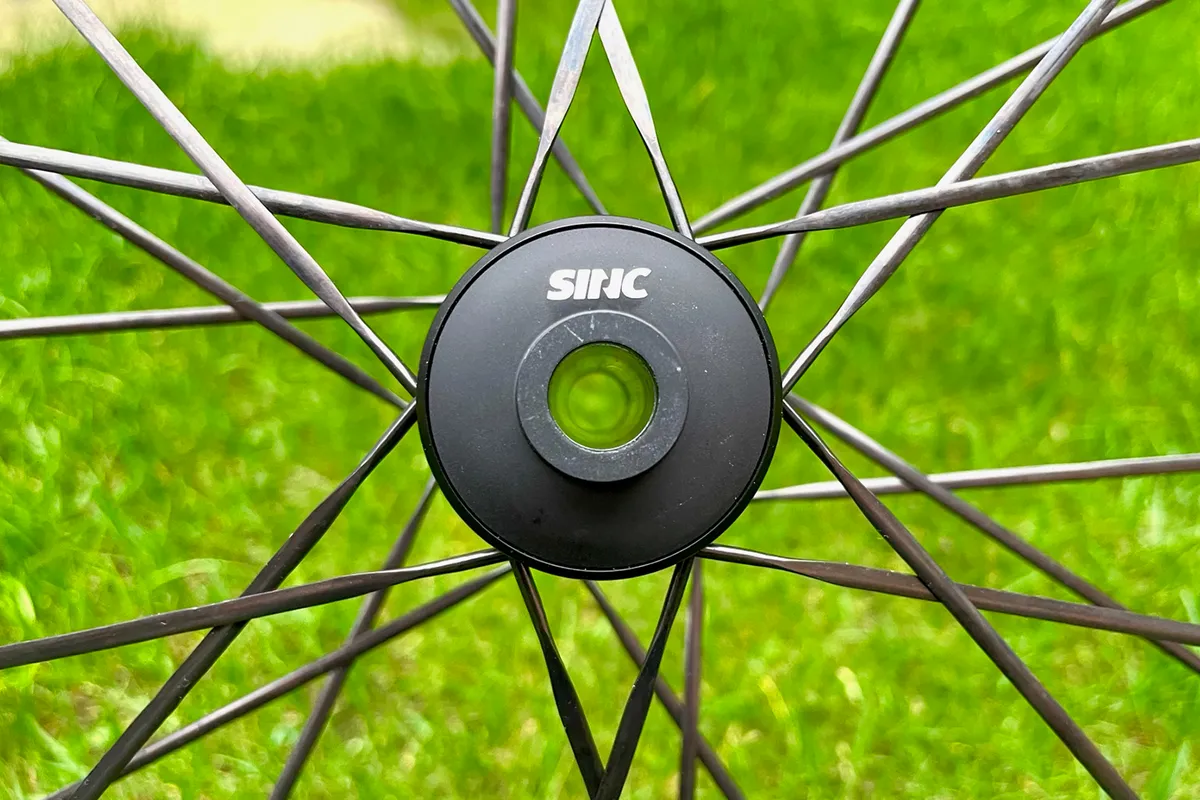
The rim is ostensibly where the biggest changes have been made though. The ERC 1100 DiCut 45 is two millimetres shallower than before and is significantly wider both internally and externally, at 22mm and 29mm.
Yet DT Swiss says the wheels are more stable in crosswinds and faster with 28mm tyres installed.
The brand says it has leveraged the Aero+ concept it has been developing for the last few years and applies to all its latest road wheelsets.
DT Swiss says Aero+ takes into account translational (caused by the wheel moving forward) and rotational (caused by the wheel spinning) drag, rolling resistance and steering moment (handling stability).
As a result, the ERCs' rim shape is a ‘VU’ shape, which marries a pointier trailing edge with a larger overall rim width, and the wheels’ nipples are internal.
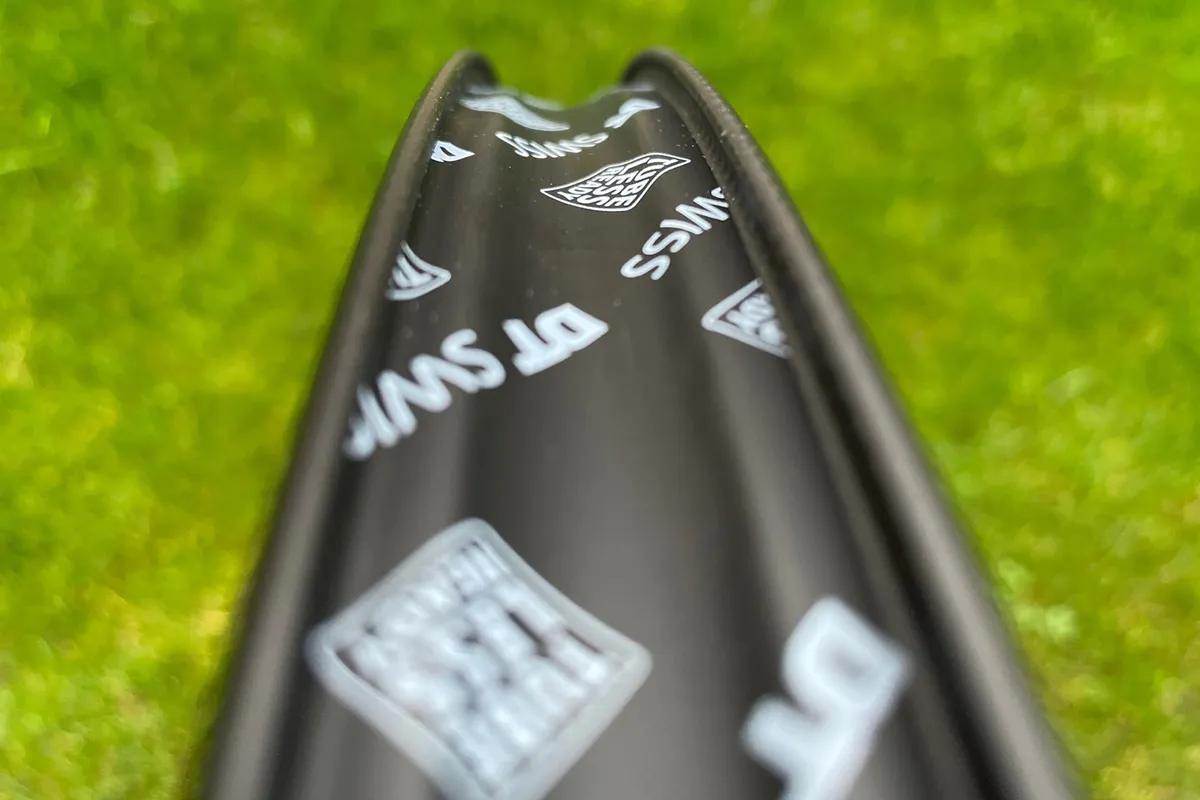
Despite a growing trend toward hookless rims, DT Swiss has retained a hooked design in the new ERCs. DT Swiss says this makes the rim trickier to produce and slightly heavier, but means the wheels remain openly compatible with all tubeless and tube-type tyres.
I’d suggest that this uninhibited compatibility – for the time being at least – is an advantage. In reality, the wheelset’s 1,447g weight is still among the lightest at its rim depth, so the hooked rims look to have been included with little discernible disadvantage anyway.
Grand design
In use, the ERC 1100 DiCut wheels come across as every bit the premium wheelset. I have tested several DT Swiss wheelsets and have always been struck by their build quality, which is invariably exceptional. The ERCs are no different.
Their spokes were evenly tensioned out of the box and have stayed that way during the test period. The hub shells look to be flawlessly thought-out, balancing solid engineering principles with performance attributes.
For example, despite DT Swiss claiming them to be lightweight and aerodynamically efficient, the hub flanges look to have been accurately machined with sufficient material around the spoke beds to adequately cope with the forces transferred by the spoke tension over the long term.
As with most DT Swiss options, both hubs have been designed smartly to make the bearings well sealed but easily serviceable, with no need for tools to achieve basic disassembly.
A mix of DT Swiss’ Aero comp II and more premium Aerolite II spokes have been used and present one of very few potential drawbacks to the wheels. Being an uncommon spoke design, they may be a little trickier to source should a failure occur, or to replace because the spoke nipples are ensconced within the rim.
However, this type of issue is hardly unique and if the build quality of the ERCs is as good as DT Swiss says it is, it should not be something that has to be dealt with frequently.
With DT Swiss being one of the earliest proponents of road tubeless, the rims come tubeless-ready and fitting tubeless tyres was a simple affair. The wide rim pairs smoothly with a 28mm tyre, and the profile overall handled assuredly in response to any side force caused by blustery conditions.
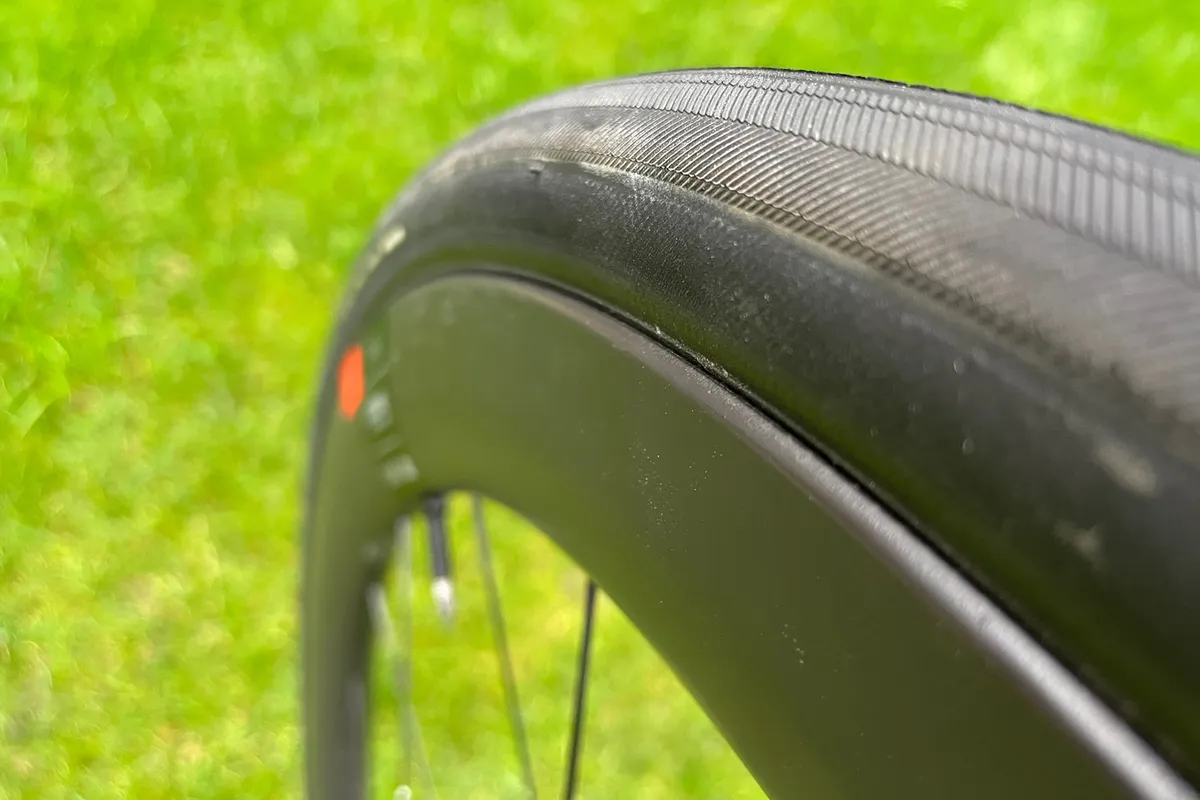
Something impossible for me to quantify was the wheels’ aerodynamic efficiency, but given the time and resources DT Swiss has invested in aerodynamic testing (the brand has worked with aerodynamicists SwissSide since 2017, which has a five-man team doing nothing but wind tunnel research) I’d be inclined to believe that the ERCs are as competitive as DT Swiss says they are.
Anecdotally, the wheels did seem to make it that little bit easier to hold higher speeds in the way most deep-rim wheel designs do. What’s more, I’d say the ERCs' low weight contributed to a feeling of quick acceleration too.
As a result, they felt as though they provided a speed advantage in most riding situations, in much the same way as out-and-out race wheels do.
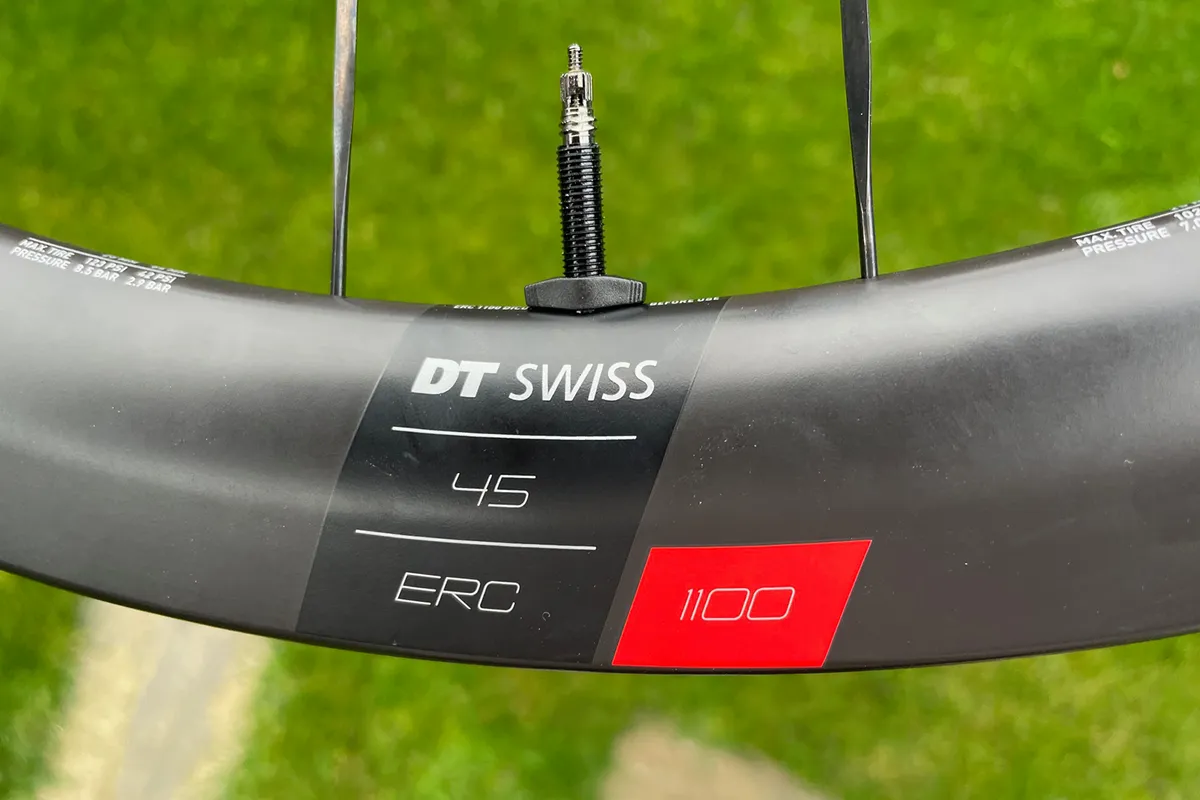
Racier wheels tend to be optimised around narrow tyres though. So the fact that the ERCs offered this perceived performance despite being designed around the larger tyre sizes that are more practical for regular riders to use every day makes the ERCs a particularly pertinent and impressive offering from DT Swiss.
Competition from within
On the face of it, the ERC 1100 DiCut 45 wheels may seem costly in contrast to competitor wheelsets – indeed, £2,300 is a princely sum to spend on wheels regardless – but potential performance differences aside, the ERC purchase includes several value-adds that DT Swiss says help to justify the premium over other options.
The wheels come with both Shimano and XDR freehubs and padded wheel bags, as well as ceramic bearings across the board. DT Swiss says the inclusion of its SINC hybrid ceramic bearings offers lower rolling resistance and improved durability.
While DT Swiss argues on the contrary, my understanding is that the jury is still out on whether hybrid ceramic bearings (hybrid means that the bearings aren’t fully ceramic – ceramic balls are contained within steel races) offer any tangible benefits in a bicycle application.
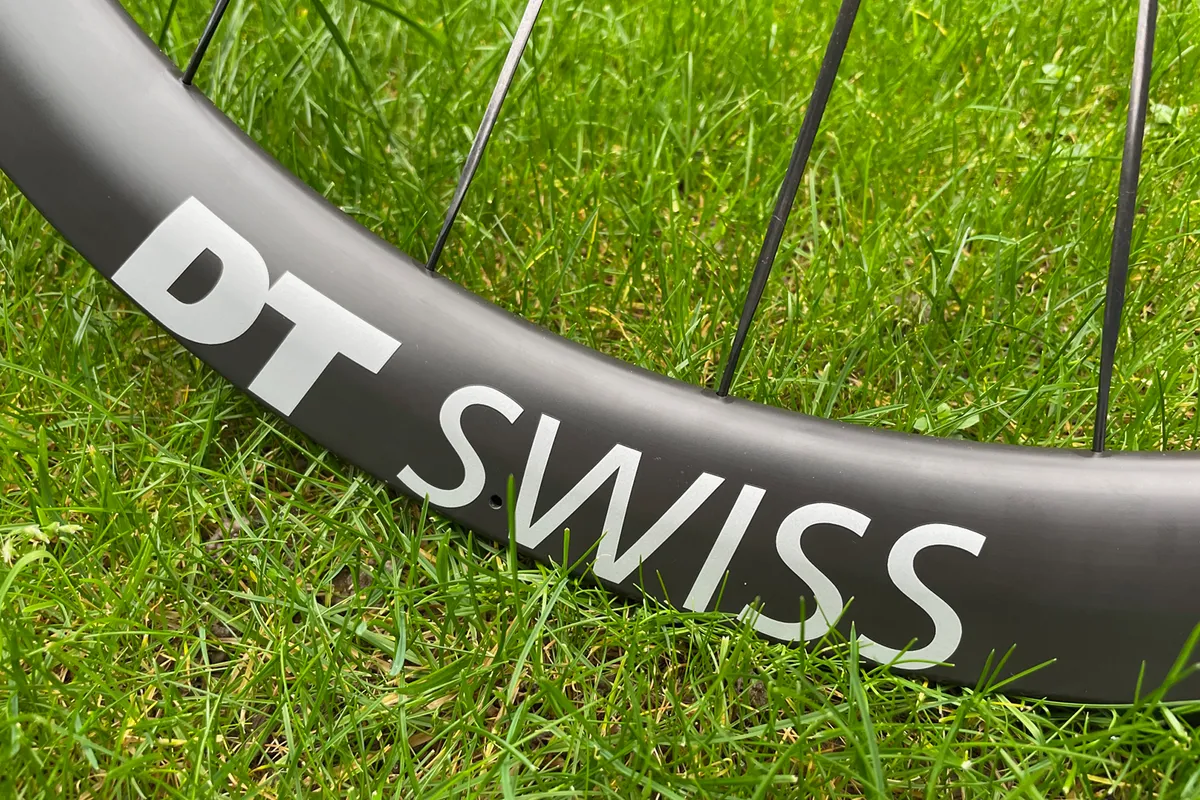
The extra caché of ceramic bearings might be a plus point for some prospective customers though, and I’ll admit that being able to assess any performance difference in rolling resistance and durability is beyond the scope of this review, so DT Swiss’ claims could well be correct.
While there is little doubt that the ERC 1100 wheels are excellent, I’d be inclined to suggest the tier below the 1100s, the 1400s, might be a better option for most riders.
The primary contributing factor to the upcharge is the inclusion of those SINC ceramic bearings, so if their benefits remain equivocal then the 1400s' only real performance disadvantage is 100g extra weight.
Whether spending nearly £500 more to save that extra heft is worth it is in the eye of the beholder, but considering the ERC 1400 can still boast similar performance attributes to other models in its category – the Enve Foundation 45 and Zipp 303 Firecrest wheels spring to mind – while also being more price-competitive makes things pretty clear cut for me.
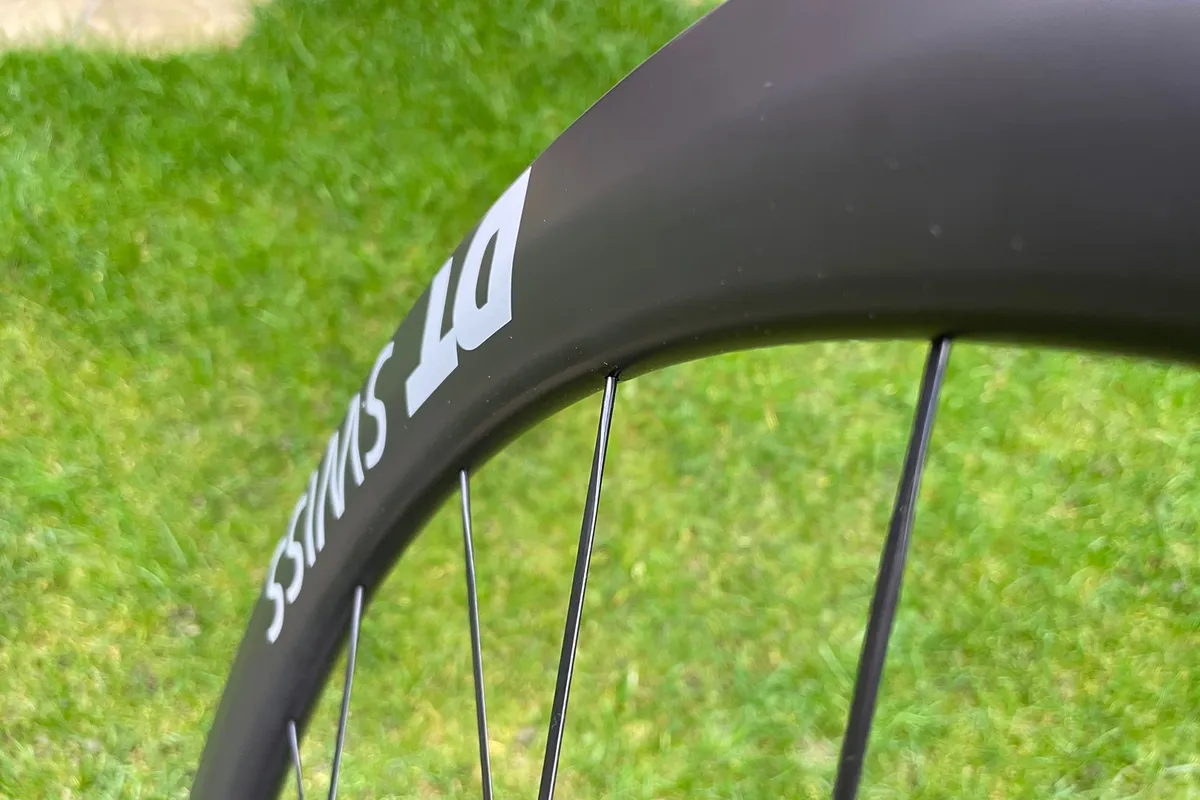
Equally, I can imagine there will be those who view the lower weight and SINC bearings as worth the extra cash. You can certainly spend more to get less in other areas of a bike.
The case remains, though, that whatever their exact spec, DT Swiss’ new ERC wheels are well worth consideration if you are in the market for a top-end wheel that has the capability to acquit itself well in a wide range of riding situations.
Product
| Brand | dt_swiss |
| Price | 2300.00 GBP |
| Weight | 1447.0000, GRAM () - for set |
Features
| br_rimMaterial | carbon |
| br_tubelessCompatibility | tubeless_compatible |
| br_tyreType | tubeless |
| br_tyreType | tubular |
| br_wheelSize | 29in_700c |
| br_brakeTypeSimple | disc |
| br_hubs | DT Swiss 180 |
| br_spokes | DT aerolite® II t-head / DT aero comp® II t-head |
| br_freehub | Shimano and XDR |
| br_rimDepth | 35mm |
| br_rimInternalWidth | 22mm |
| Features | Wheelset includes: |
| br_spokeCountRear | 24 |
| br_spokeCountFront | 24 |
